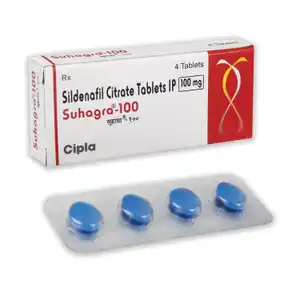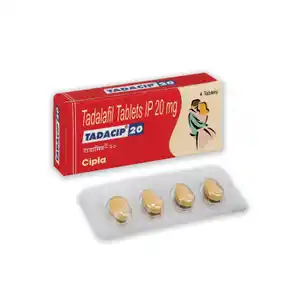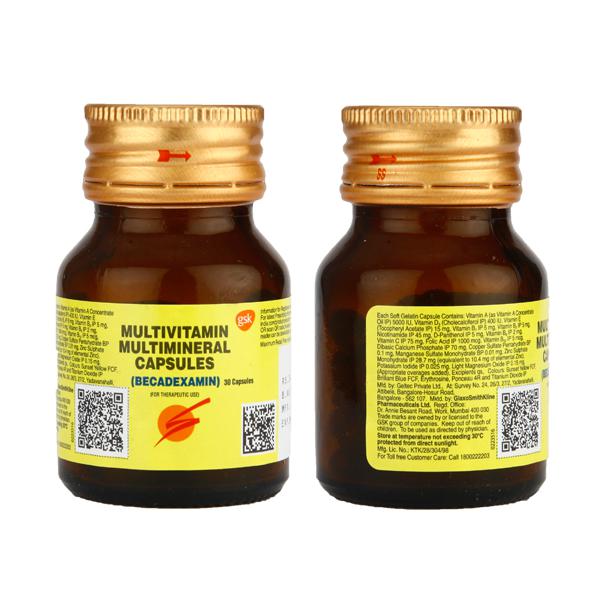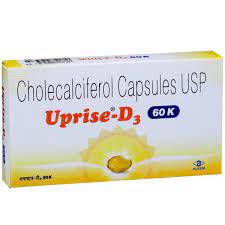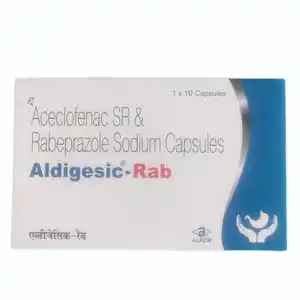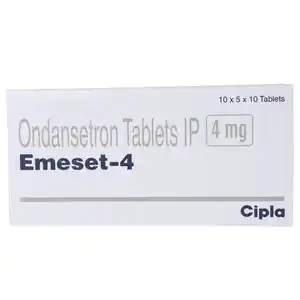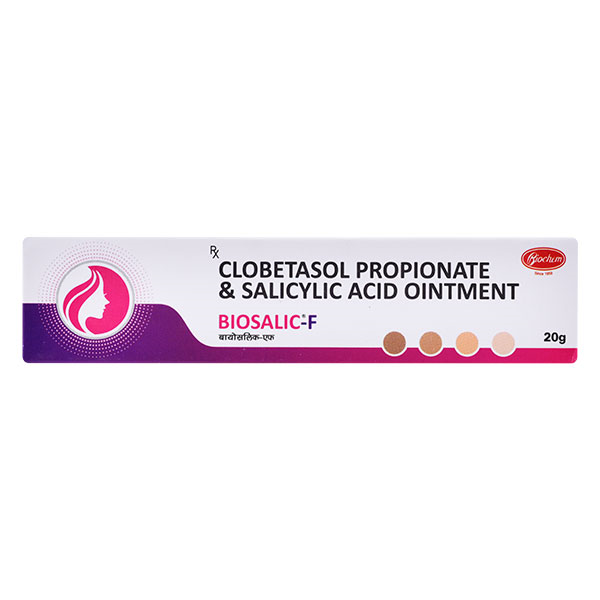A Guide to Semolina Uses, Benefits, and More
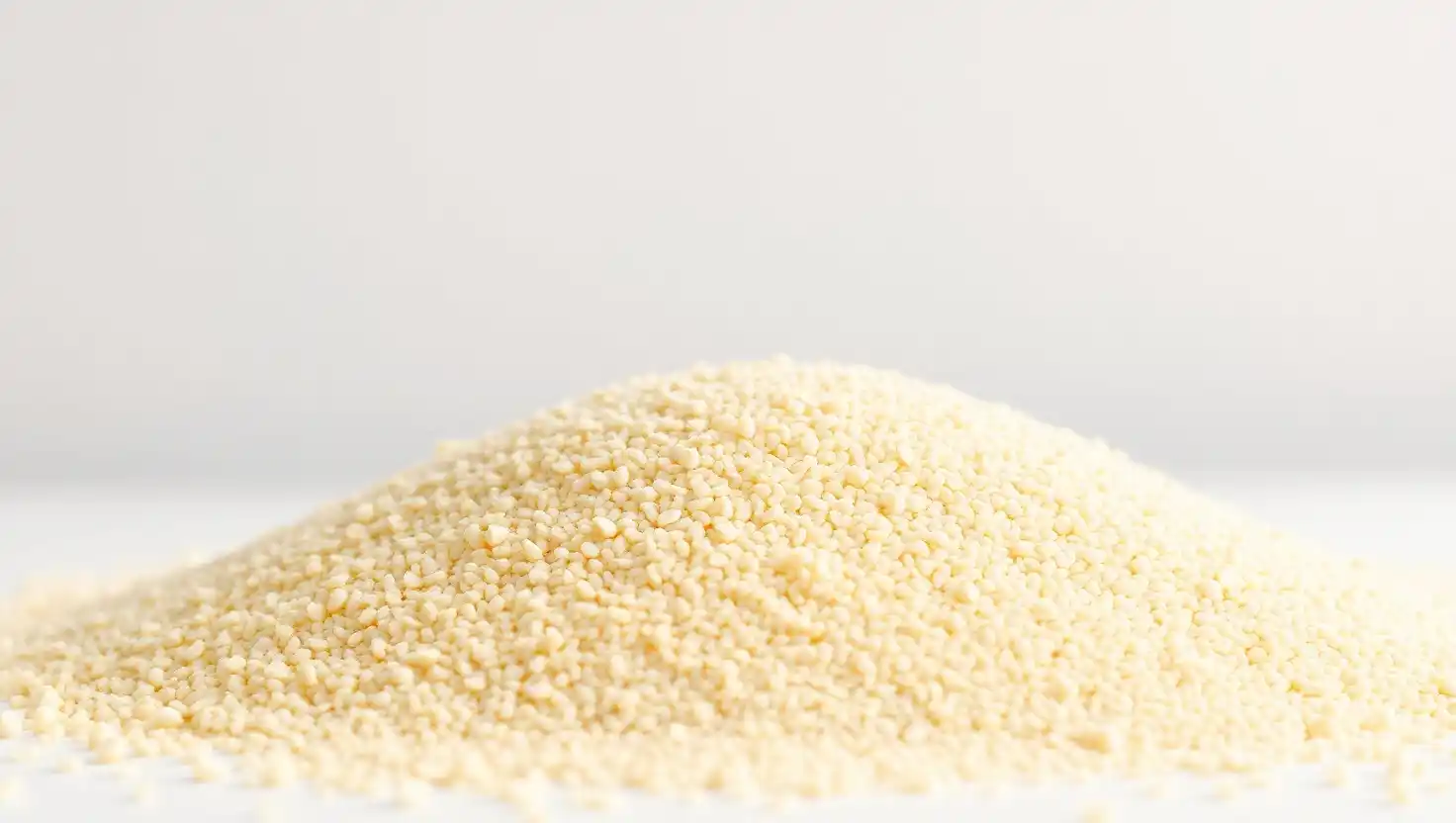
Introduction
In cooking, some ingredients quietly do it all—fitting into sweet and savory dishes, simple meals and fancy ones alike. One such ingredient is semolina. Made from wheat, semolina is known for its slightly coarse texture and golden color, and it's used in kitchens around the world—from Indian street food to Italian pasta. But semolina is more than just another type of flour. It’s a key ingredient in many traditional recipes and loved for its unique qualities.
Whether you’re an experienced cook or just starting out, learning about semolina can open up a whole new way of cooking. In this guide, we’ll take you through everything you need to know about semolina, from its origins to its many uses on your plate.
What is Semolina?
Semolina refers to the coarse, purified middlings of wheat. While it can technically be made from other grains, the most common and widely used type of semolina is derived from durum wheat. Durum wheat (Triticum durum) is a hard variety of wheat, distinct from the softer common bread wheat (Triticum aestivum). Its high protein content and strong gluten network make it ideal for producing the characteristic granular texture of semolina.
During the milling process, after the wheat kernels are cleaned and tempered, they are progressively ground. Unlike the fine grinding that produces all-purpose flour, semolina is obtained by a specific milling technique that separates the endosperm into coarse particles. These particles are then sifted to remove the bran and germ, resulting in the yellow-gold, granular product we recognize as semolina.
In many parts of the world, particularly in India, semolina in Hindi is commonly known as "suji" (सूजी) or "rava" (रवा). While "suji" generally refers to a coarser grind and "rava" can be slightly finer, these terms are often used interchangeably to describe semolina. In some regions, you might also hear it referred to as "cream of wheat," especially in the context of breakfast porridges. The color of semolina can vary from pale yellow to a deeper golden hue, depending on the specific durum wheat variety used.
Durum Wheat Semolina: The Gold Standard
When we talk about semolina pasta, we are almost exclusively referring to pasta made from durum wheat semolina. The high protein content and strong gluten quality of durum wheat are crucial for pasta making. This gluten network provides the elasticity and strength necessary for pasta to hold its shape during cooking and maintain an "al dente" bite. Without durum wheat semolina, authentic Italian pasta as we know it would not exist.
Beyond pasta, durum wheat semolina is also highly valued in North African and Middle Eastern cuisines for making couscous, a staple grain dish. Its unique texture absorbs flavors beautifully and provides a satisfying mouthfeel.
Semolina Nutrition: Is Semolina Healthy?
Semolina offers a valuable array of macronutrients and micronutrients that contribute to overall well-being.
- Carbohydrates: Semolina is primarily composed of carbohydrates, providing a good source of energy for the body. This makes it an excellent choice for athletes or anyone needing sustained energy release.
- Protein: As a product of wheat, semolina contains a decent amount of protein, particularly durum wheat semolina. Protein is essential for muscle repair, growth, and various bodily functions. For vegetarians, semolina can contribute to daily protein intake.
- Dietary Fiber: While not as high in fiber as whole wheat, semolina still contains dietary fiber, which is beneficial for digestive health. Fiber aids in regular bowel movements, helps prevent constipation, and can contribute to a feeling of fullness, potentially assisting with weight management.
- B Vitamins: Semolina is a good source of B vitamins, including folate (B9), thiamine (B1), and niacin (B3). These vitamins play crucial roles in energy metabolism, nerve function, and red blood cell formation. Folate is particularly important during pregnancy for fetal development.
- Minerals: It also provides essential minerals such as iron, magnesium, phosphorus, and zinc. Iron is vital for oxygen transport in the blood, magnesium for muscle and nerve function, phosphorus for bone health, and zinc for immune function.
- Antioxidants: Semolina contains some antioxidants, which help combat free radicals and protect cells from damage.
However, it's important to note that semolina, particularly refined semolina, has a moderate glycemic index. This means it can cause a relatively quick rise in blood sugar levels compared to whole grains. For individuals managing blood sugar levels, portion control and combining semolina with fiber-rich vegetables and proteins are advisable. Also, semolina contains gluten, making it unsuitable for individuals with celiac disease or gluten sensitivity.
Semolina Uses: Versatile Culinary Applications
The true magic of semolina lies in its incredible versatility in the kitchen. Its unique texture and ability to absorb liquids make it suitable for a vast array of dishes across different cuisines.
- Pasta Making: As mentioned, semolina pasta is very popular Italian cuisine. The firm, elastic dough made from durum wheat semolina ensures that pasta retains its shape and desirable "al dente" texture when cooked. From spaghetti and fettuccine to ravioli and lasagna, semolina is indispensable.
- Breakfast Dishes: In many parts of the world, semolina is a popular choice for breakfast. In India, upma (a savory porridge with vegetables and spices) and rava dosa/idli (fermented pancakes/dumplings) are beloved staples. In other regions, it's cooked into a sweet porridge, often flavored with milk, sugar, and fruits.
- Desserts: Semolina shines in the realm of desserts. Halwa (or sheera), a rich Indian sweet pudding made with semolina, ghee, sugar, and nuts, is a prime example. In Middle Eastern and Mediterranean cuisines, semolina is used to make cakes, puddings, and sweets like basbousa or namoura.
- Thickening and Binding Agent: Its granular nature makes semolina an excellent thickening agent for soups, stews, and gravies. It can also be used as a binding agent in various preparations, such as in vegetarian patties, meatballs, or even to coat ingredients before frying, providing a crispy crust.
- Baking: While not typically used as the sole flour in bread, finer semolina flour can be incorporated into bread doughs to add a rustic texture, golden color, and unique flavor. It's also used to dust baking surfaces to prevent sticking.
- Couscous: A staple in North African cuisine, couscous is traditionally made by rolling durum wheat semolina with water to form tiny pellets, which are then steamed.
- Gnocchi: In Italian cuisine, semolina is a key ingredient in some variations of gnocchi, particularly gnocchi alla romana, which are baked semolina dumplings.
Semolina Benefits: A Quick Look
Semolina isn't just a versatile kitchen staple; it also offers a range of health benefits that make it a valuable addition to a balanced diet.
- Sustained Energy: Rich in complex carbohydrates, semolina provides a steady release of energy, keeping you feeling full and energized for longer periods, which can help prevent sudden hunger pangs and overeating.
- Digestive Health: Containing dietary fiber, semolina supports healthy digestion by promoting regular bowel movements and nourishing beneficial gut bacteria.
- Nutrient Powerhouse: Semolina is a good source of essential vitamins and minerals, including B vitamins (like folate and thiamine), iron, and magnesium, all crucial for various bodily functions such as energy metabolism, red blood cell production, and nerve health.
- Heart Health: The fiber content in semolina, particularly whole wheat varieties, can contribute to heart health by helping to lower bad cholesterol levels and high blood pressure.
- Supports Weight Management: Its protein and fiber content promote satiety, helping to reduce overall calorie intake, while its complex carbs provide sustained energy for an active lifestyle, supporting weight management goals.
Tips for Cooking with Semolina
Cooking with semolina is relatively straightforward, but a few tips can help you achieve the best results:
- Rosting for Flavor: For many Indian savory and sweet dishes (like upma or halwa), dry roasting the semolina in a pan until it turns slightly golden enhances its flavor and prevents stickiness.
- Liquid Ratios: The amount of liquid required will depend on the desired consistency and the fineness of the semolina. Always refer to the recipe and adjust as needed.
- Preventing Lumps: When adding semolina to hot liquid, stir continuously to prevent lumps from forming. A whisk can be very helpful here.
- Soaking: For some recipes, particularly those requiring fermentation (like dosa or idli batters), the semolina may need to be soaked.
- Storage: Store semolina in an airtight container in a cool, dry place to prevent moisture absorption and extend its shelf life.
Conclusion
From its roots as ground durum wheat to its place in kitchens around the world, semolina is a great example of how simple ingredients can do amazing things. Whether you know it as suji, rava, or recognize it in pasta or halwa, semolina is packed with nutrition and incredibly versatile. With different types like coarse semolina and semolina flour, there’s plenty of room to get creative in the kitchen. So next time you're planning your meals, try adding this golden grain to the mix. Its light flavor and unique texture can bring something special to your cooking—proof that even everyday ingredients can lead to something delicious.
FAQs
What is the difference between semolina and flour?
Semolina is a coarser, granular product typically made from durum wheat, while flour is a much finer powder, usually from softer wheat varieties.
Is semolina gluten-free?
No, semolina is derived from wheat and contains gluten, making it unsuitable for individuals with celiac disease or gluten sensitivity.
Can semolina be used for weight loss?
Semolina contains fiber which can aid satiety, but like all grains, it should be consumed in moderation as part of a balanced diet for weight management.
What is semolina called in Hindi?
In Hindi, semolina is commonly known as "suji" (सूजी) or "rava" (रवा).
Is semolina good for babies?
Yes, semolina can be a good source of energy and nutrients for babies once they start solids, often given as a porridge.
Does semolina contain iron?
Yes, semolina is a good source of iron, an essential mineral for red blood cell formation and oxygen transport in the body.
For more health-related content, visit our Dawaa Dost website. You will also get access to quality medicines and healthcare products, all at affordable prices. Check it out now!
Disclaimer: This article is intended for informational purposes only and should not be considered a substitute for professional medical advice. Always consult a qualified healthcare provider for diagnosis and treatment of any health condition.

